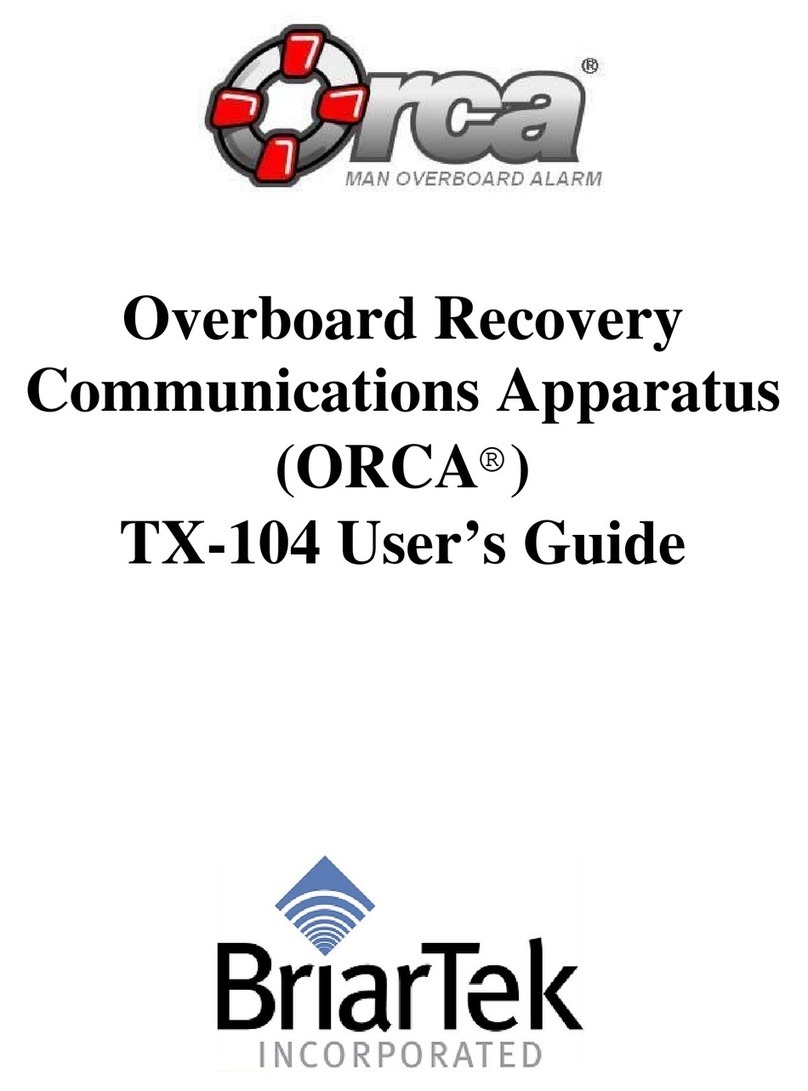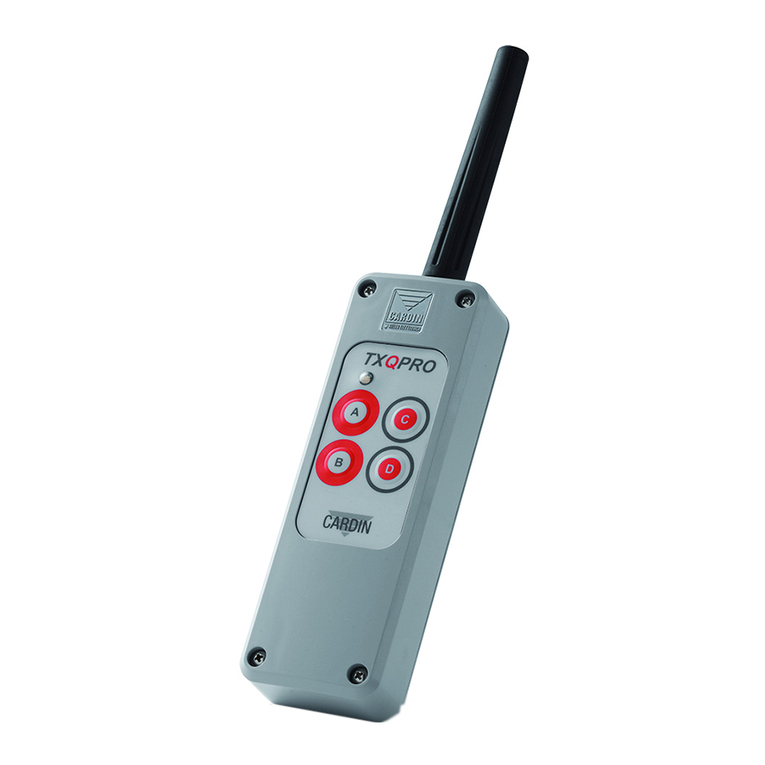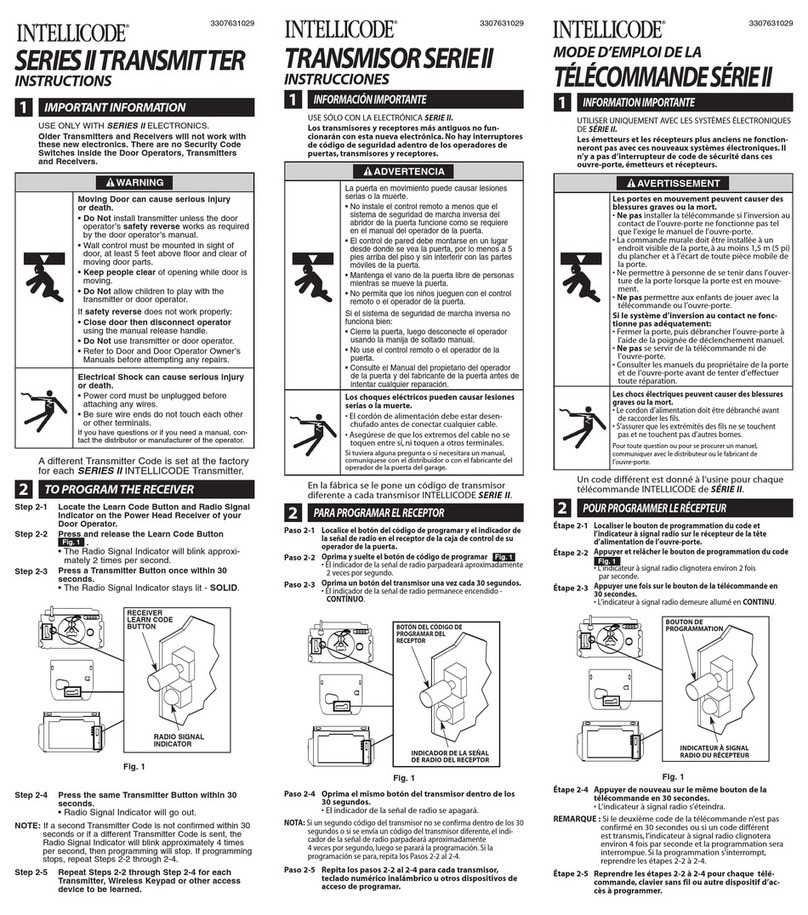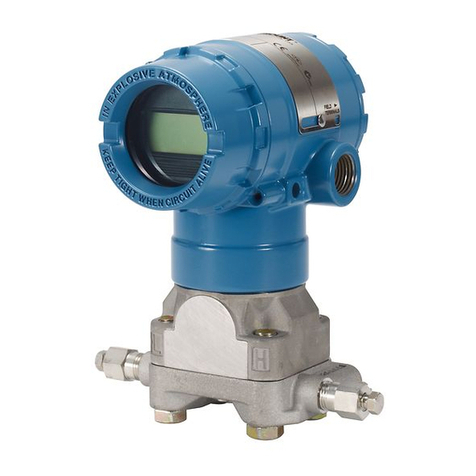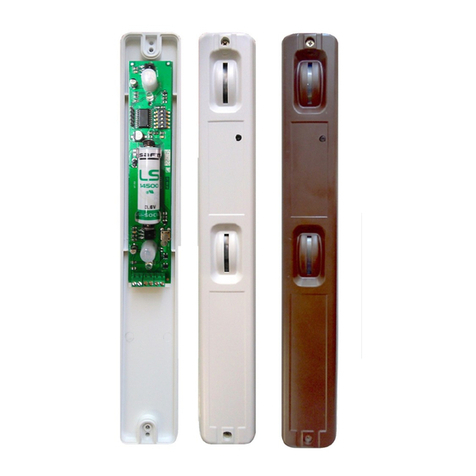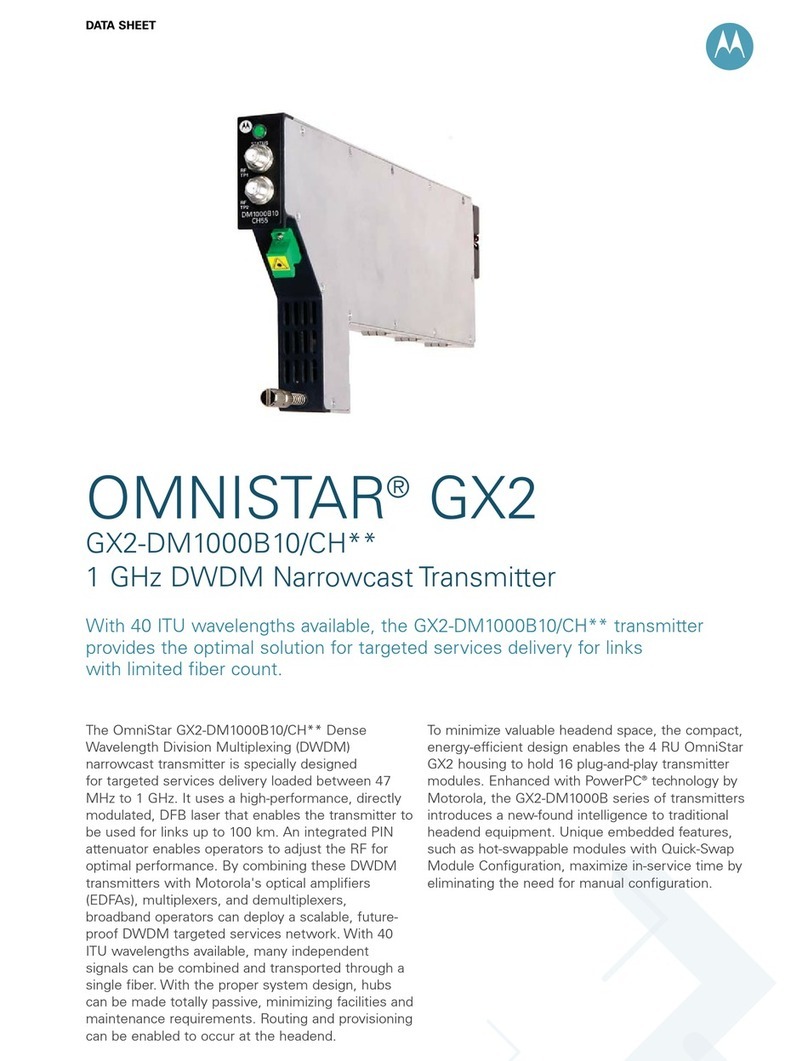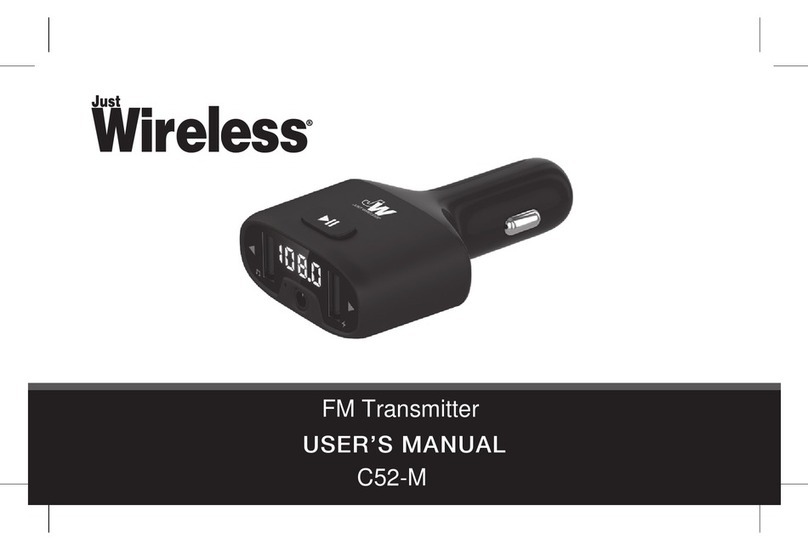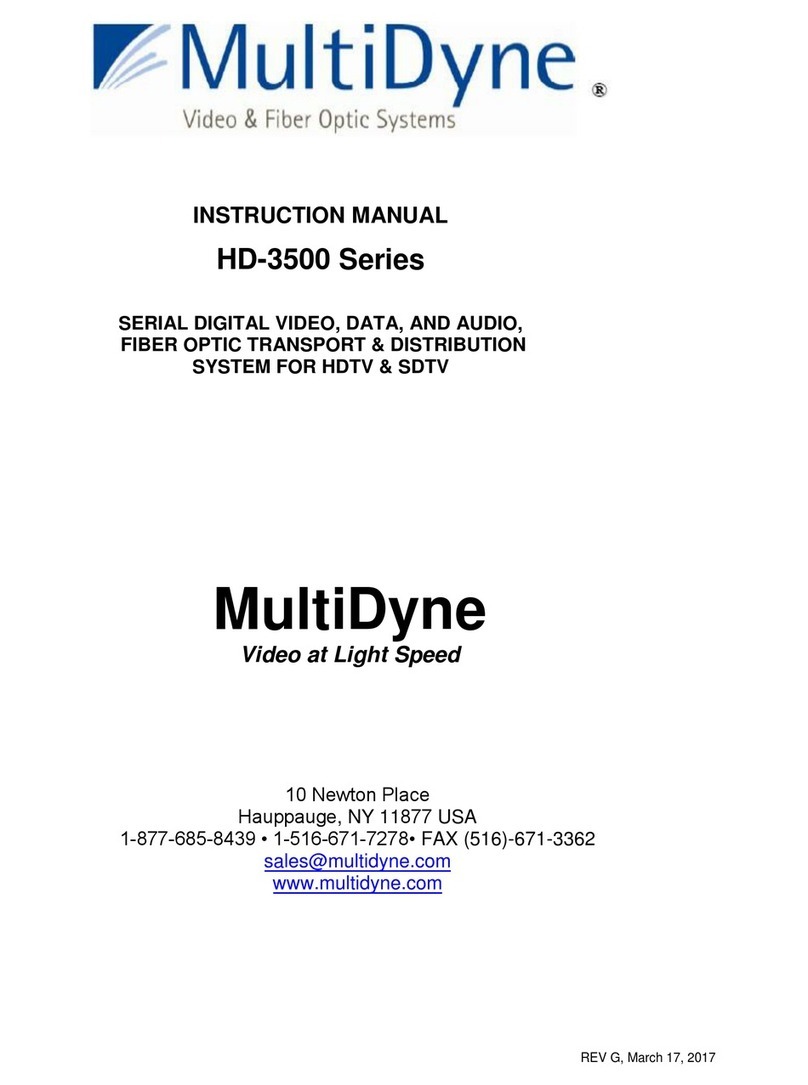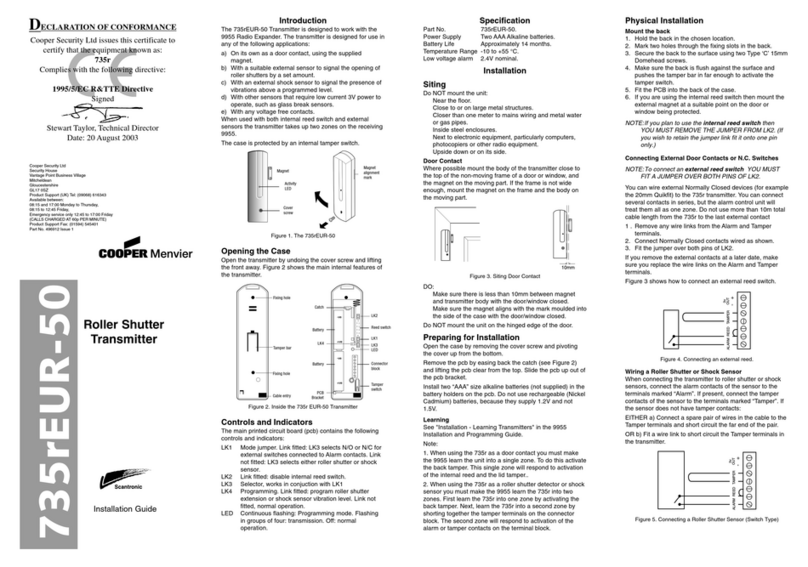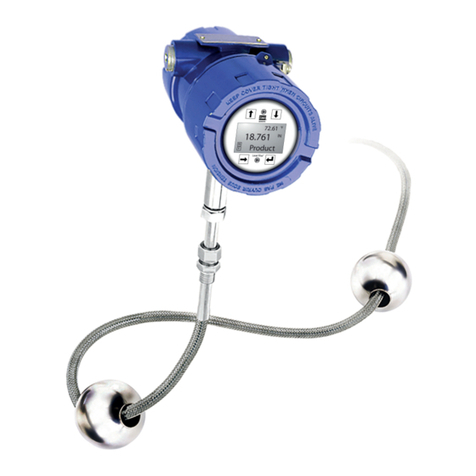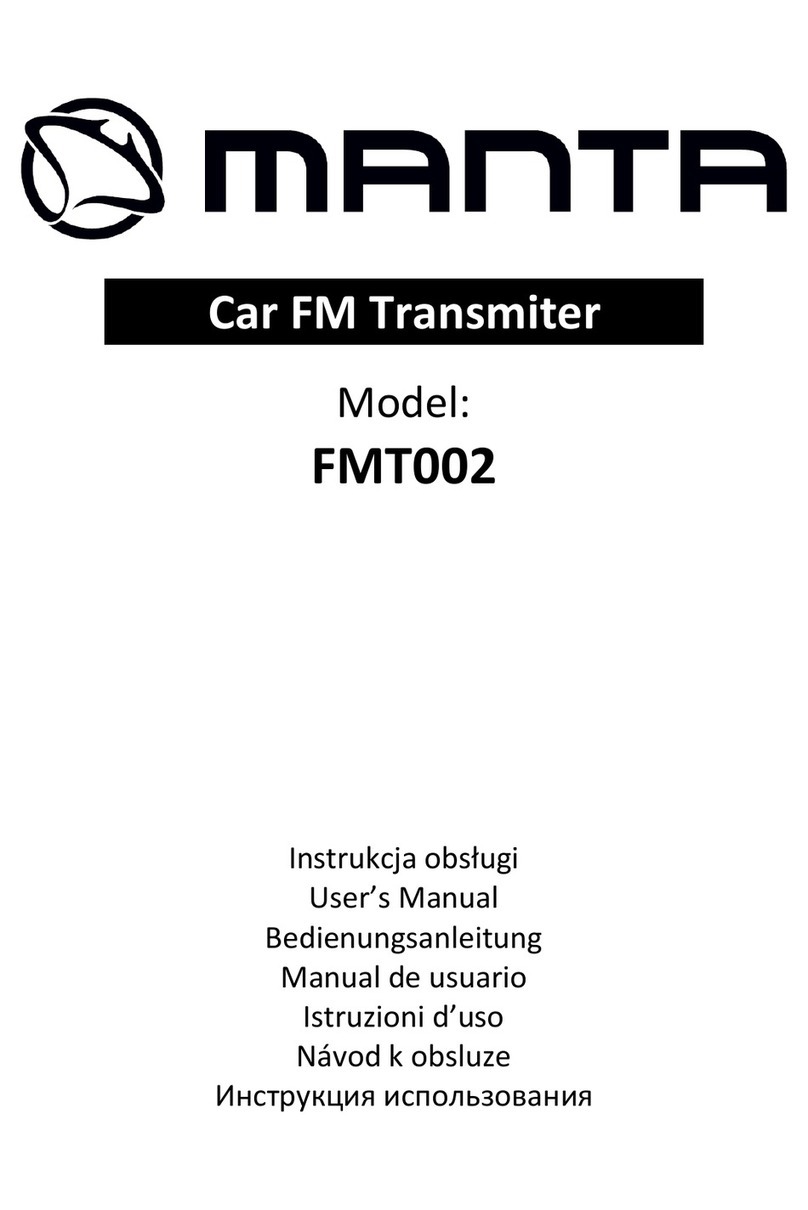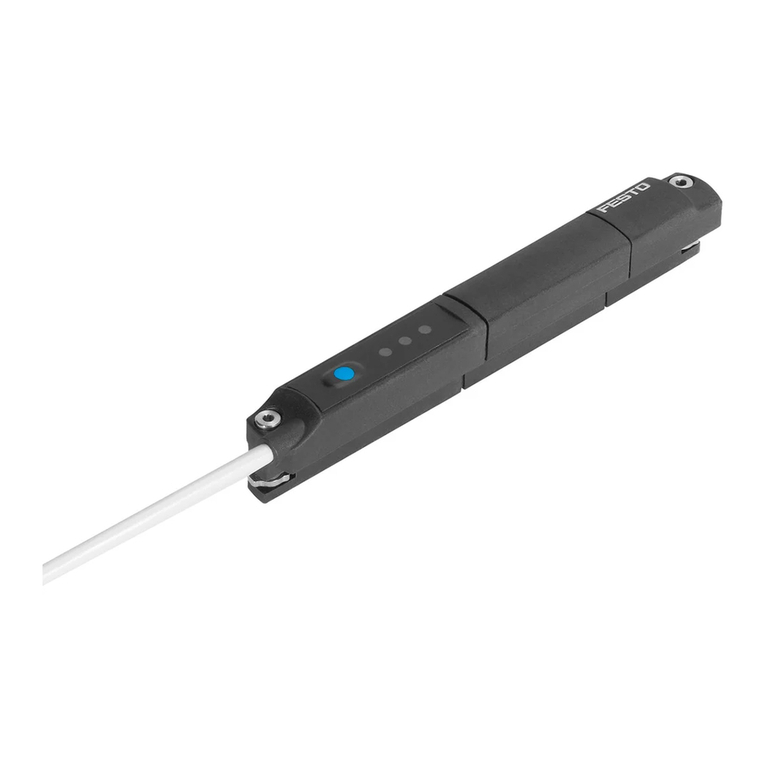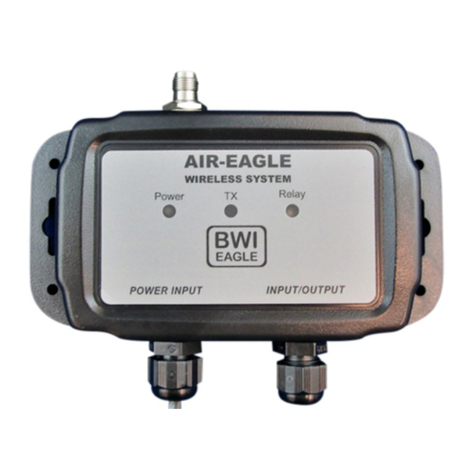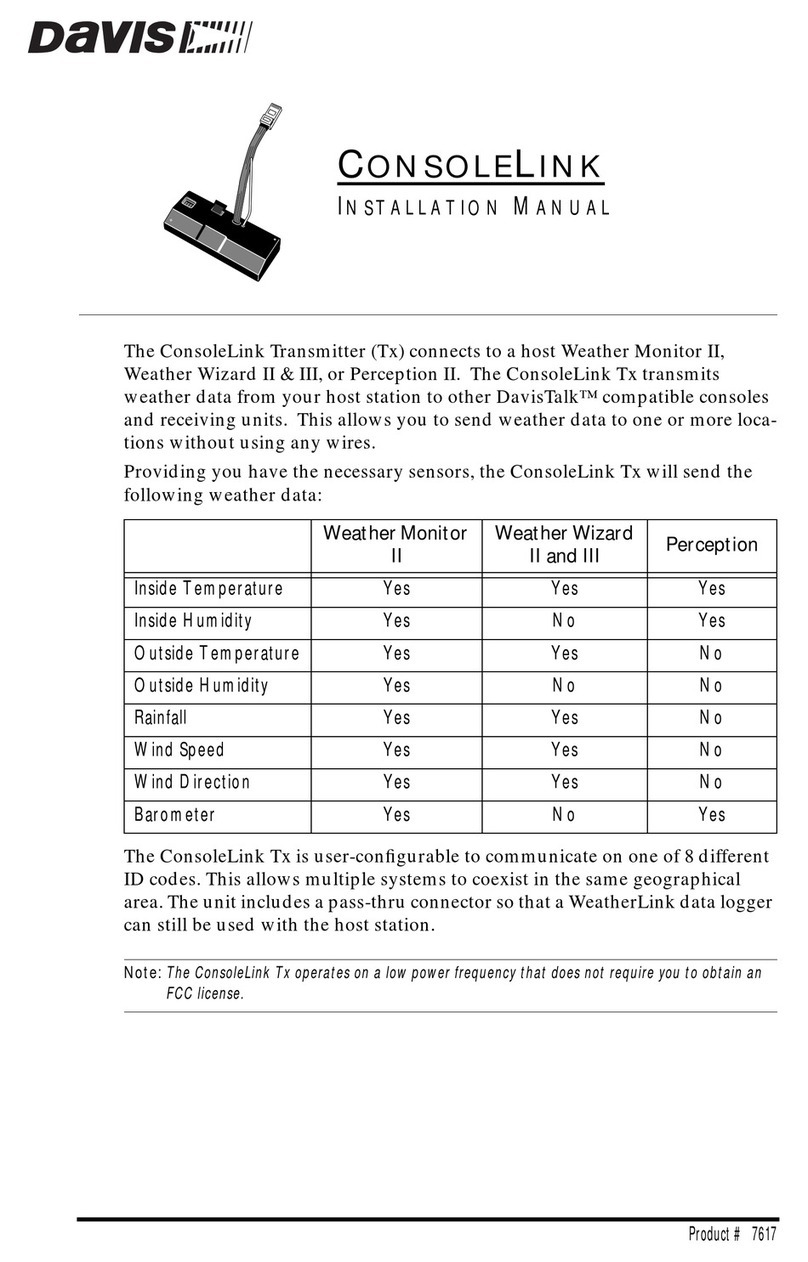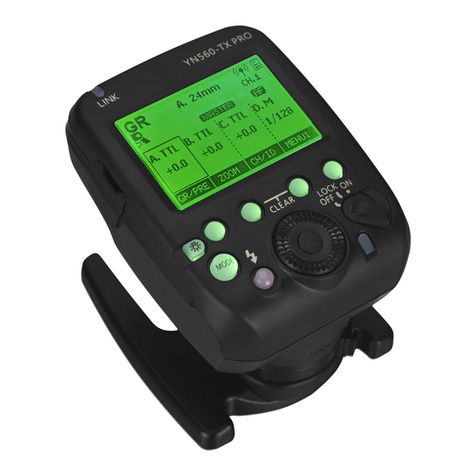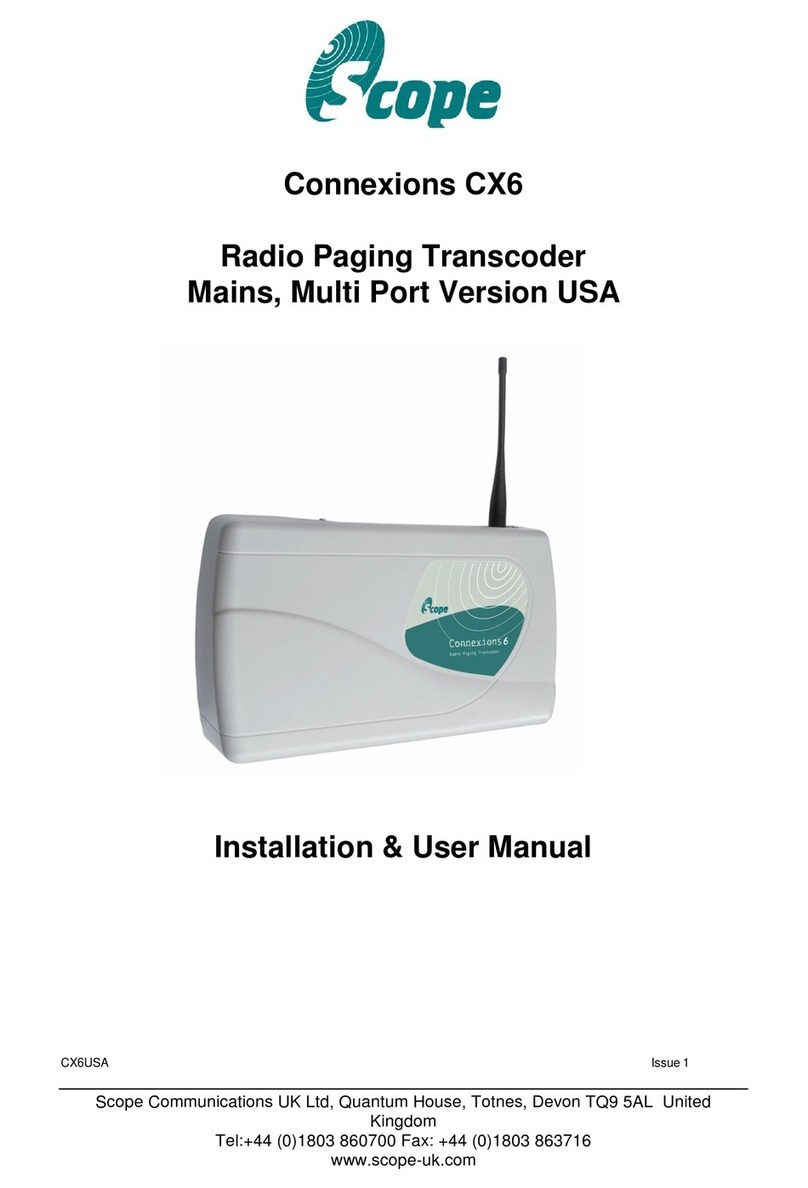
Swift Operating Instructions
Page 17 Doc 57025-01 Rev G
FCC WARNING
a) USA-Federal Communications Commission (FCC)
THIS DEVICE COMPLIES WITH PART 15 OF THE FCC RULES. OPERATION IS SUBJECT TO THE FOLLOWING TWO
CONDITIONS:
(1) THIS DEVICE MAY NOT CAUSE HARMFUL INTERFERENCE, AND
(2) THIS DEVICE MUST ACCEPT ANY INTERFERENCE RECEIVED, INCLUDING INTERFERENCE THAT MAY CAUSE
UNDESIRED OPERATION.
Changes to or modification of this equipment are not authorized, doing so may void the user’s authority to operate
this equipment.
Note: This equipment has been tested and found to comply with the limits for a Class B digital device, pursuant to
part 15 of the FCC Rules. These limits are designed to provide reasonable protection against harmful interference
in a residential installation. This equipment generates, uses and can radiate radio frequency energy and, if not
installed and used in accordance with the instructions, may cause harmful interference to radio communications.
However, there is no guarantee that interference will not occur in a particular installation. If this equipment does
cause harmful interference to radio or television reception, which can be determined by turning the equipment off
and on, the user is encouraged to try to correct the interference by one or more of the following measures:
—Reorient or relocate the receiving antenna.
—Increase the separation between the equipment and receiver.
—Connect the equipment into an outlet on a circuit different from that to which the receiver is connected.
—Consult the dealer or an experienced radio/TV technician for help.
INDUSTRY CANADA WARNING
b) Canada - Industry Canada (IC)
This device complies with RSS 210 of Industry Canada.
Operation is subject to the following two conditions:
(1) this device may not cause interference, and
(2) this device must accept any interference, including interference that may cause undesired operation of this
device.
L‘utilisation de ce dispositif est autorisée seulement aux conditions suivantes :
(1) il ne doit pas produire d’interference, et
(2) l’utilisateur du dispositif doit étre prêt à accepter toute interference radioélectrique reçu, même si celle-ci est
susceptible de compromettre le fonctionnement du dispositif.
Caution: Exposure to Radio Frequency Radiation.
The installer of this radio equipment must ensure that the antenna is located or pointed such that it does not emit
RF field in excess of Health Canada limits for the general population; consult Safety Code 6, obtainable from Health
Canada’s website.
Conformance Statements
•EC Type examination conducted by: SGS Fimko Oy Ltd, Takomotie 8, FI-00380 Helsinki, Finland. Notified
Body No. 0598.
•UK EC Type examination conducted by: SGS United Kingdom Ltd, Rossmore Business Park, Ellesmere Port,
South Wirral, Cheshire, CH65 3EN, United Kingdom. Approved Body No. 0120.
•High pressure gas sensing components are in conformity with EN250:2014 – respiratory equipment -open-
circuit self-contained compressed air diving apparatus – requirements, testing and marking – clause
6.11.1 Pressure Indicator. EN 250:2014 is the standard describing certain minimum performance
requirements for SCUBA regulators to be used with air only sold in EU. EN 250:2014 testing is performed



















